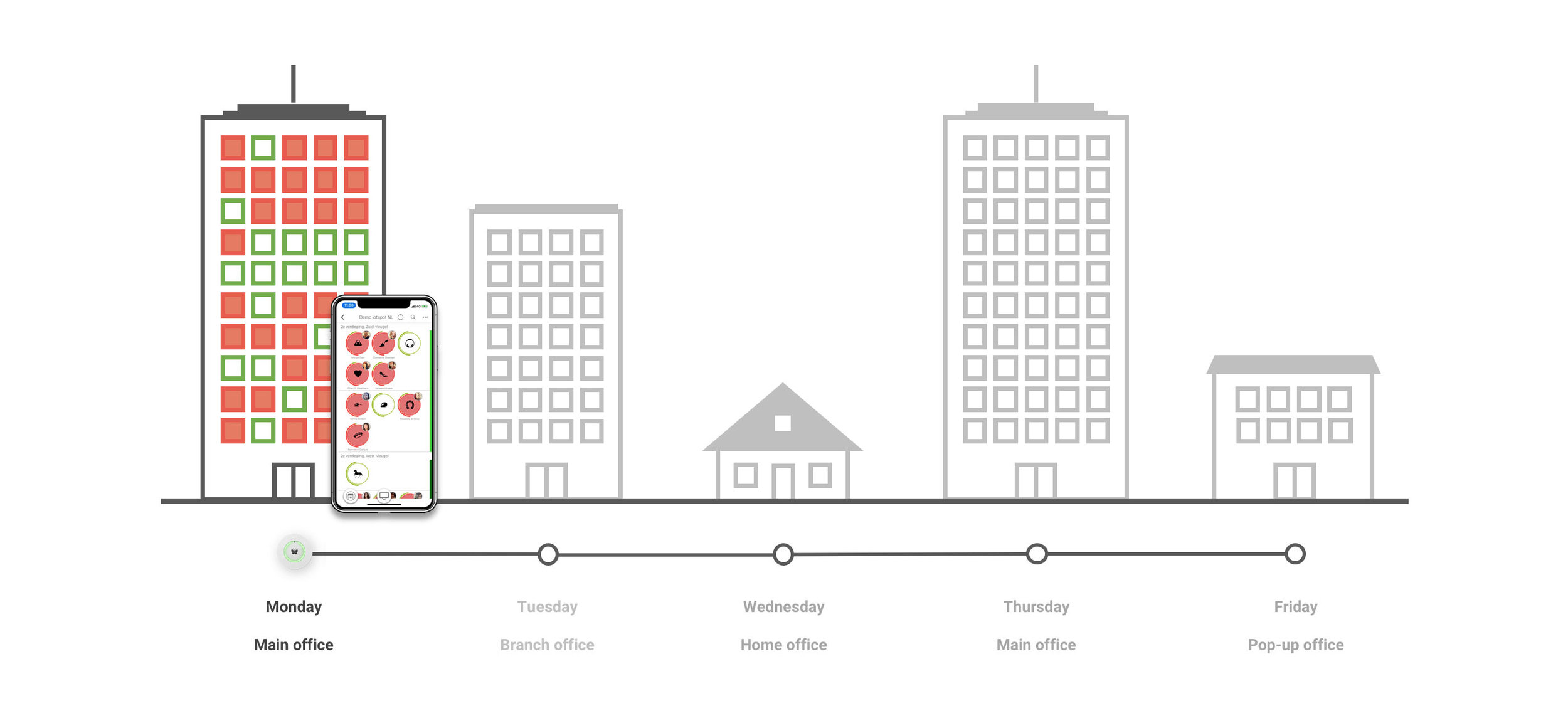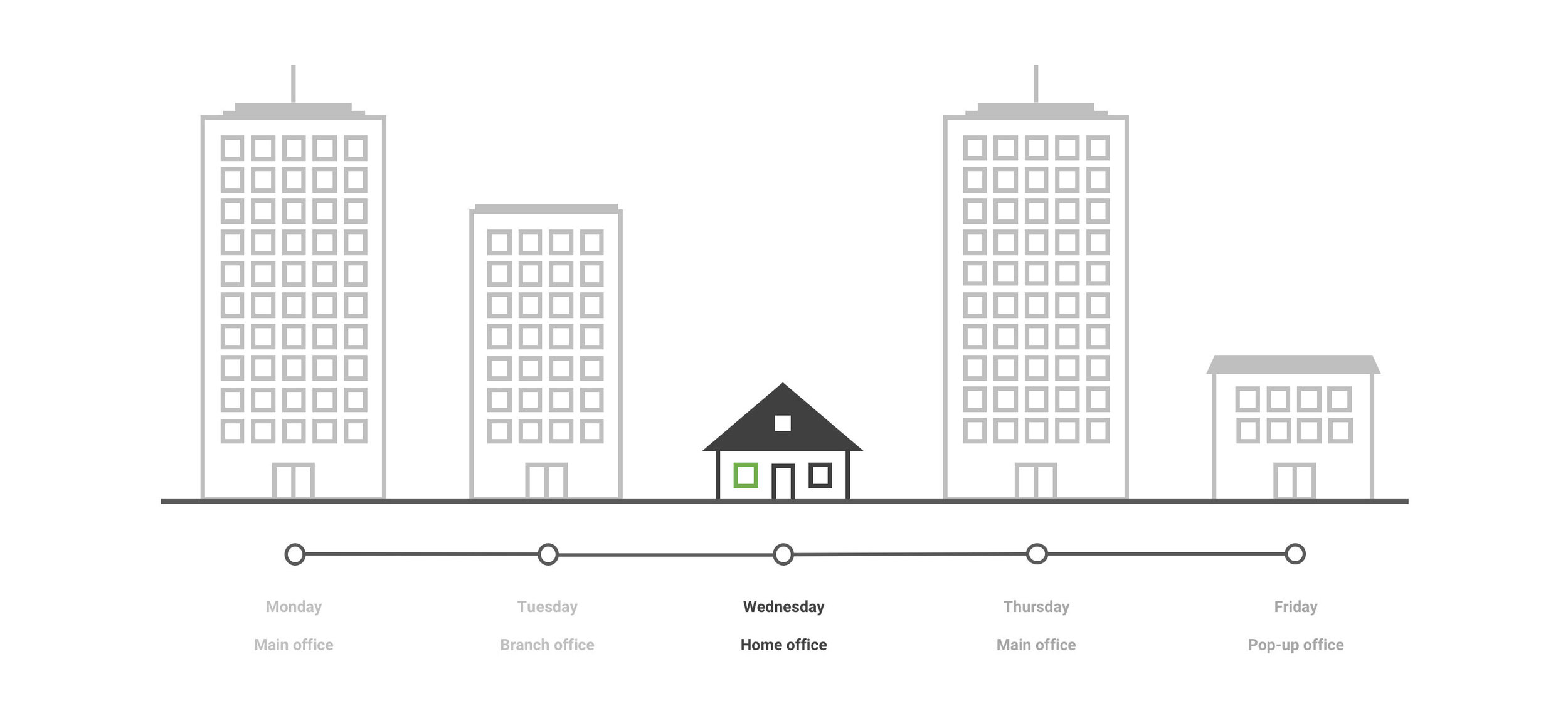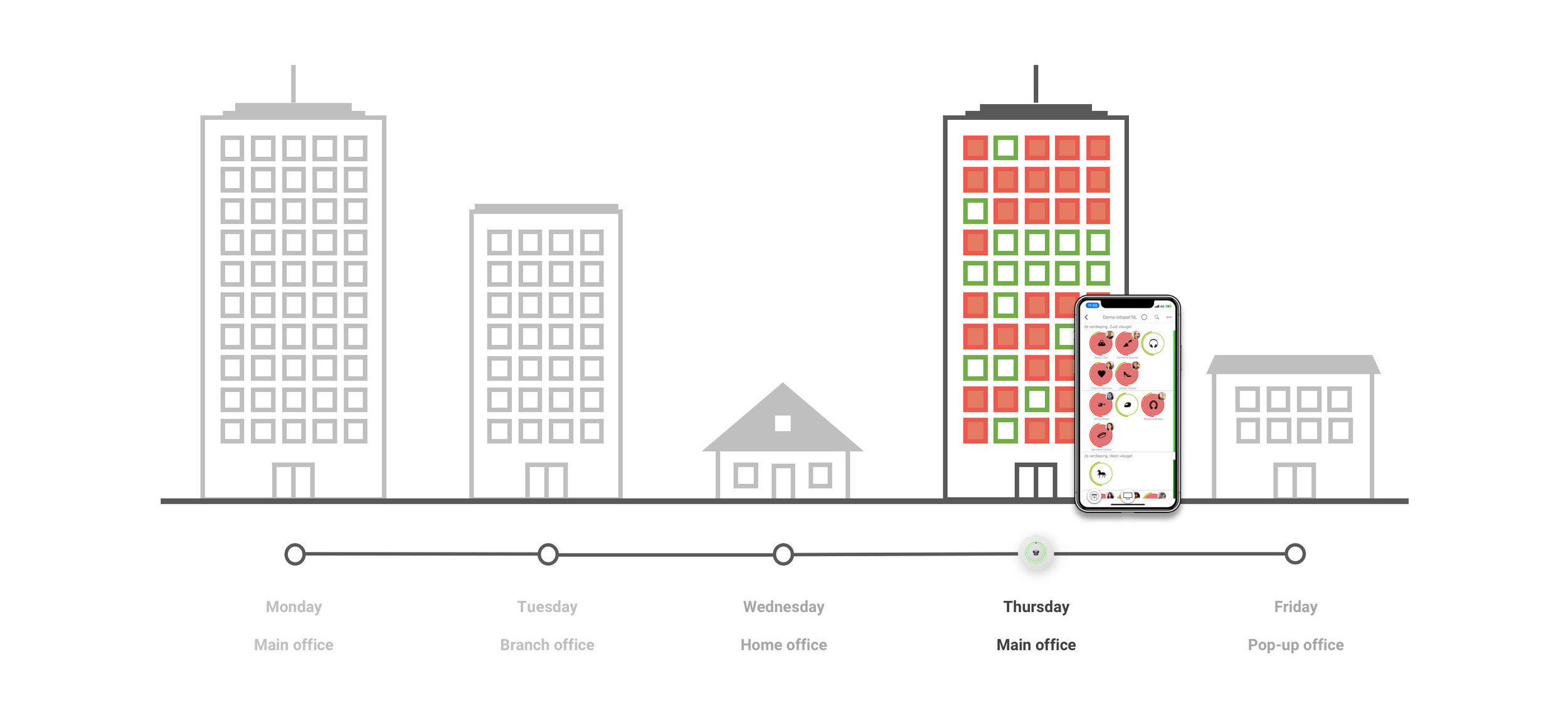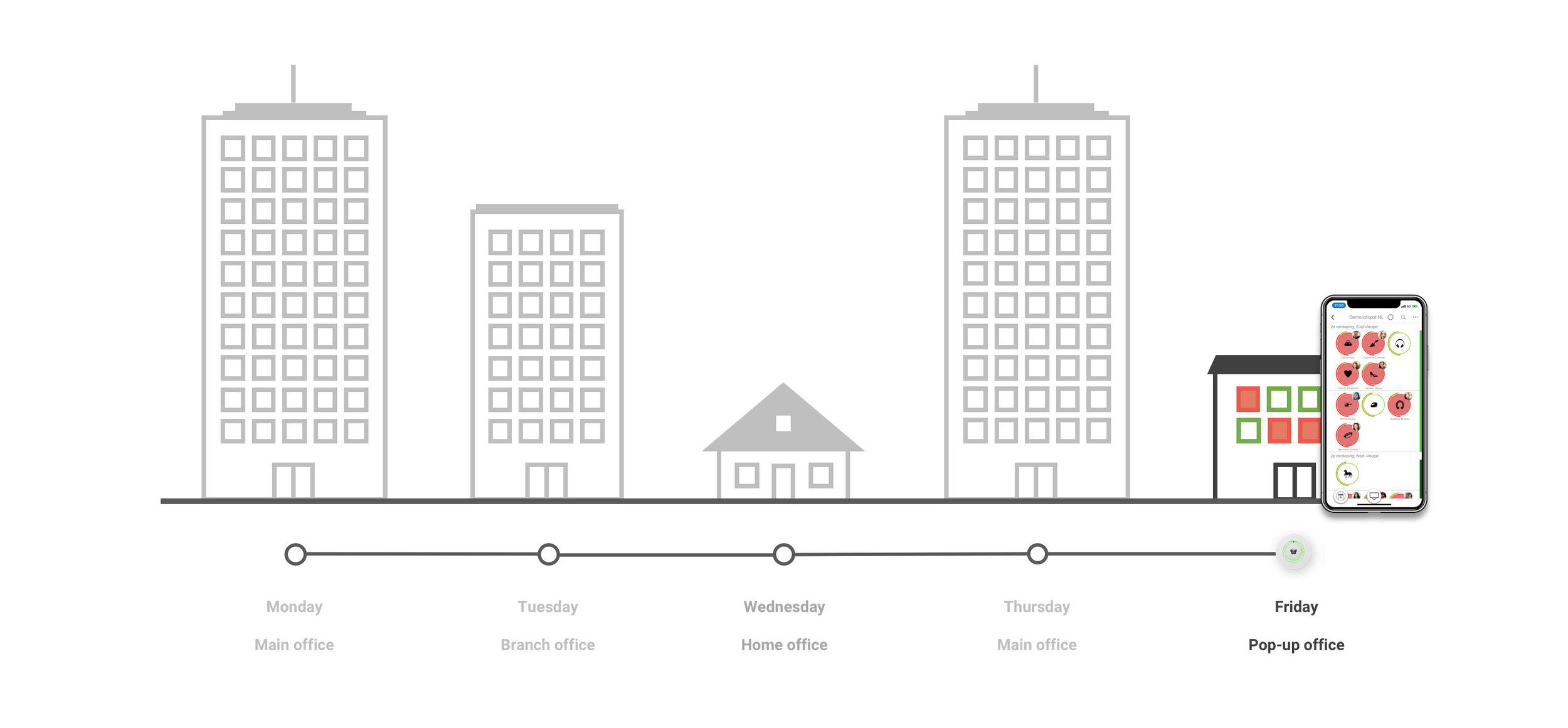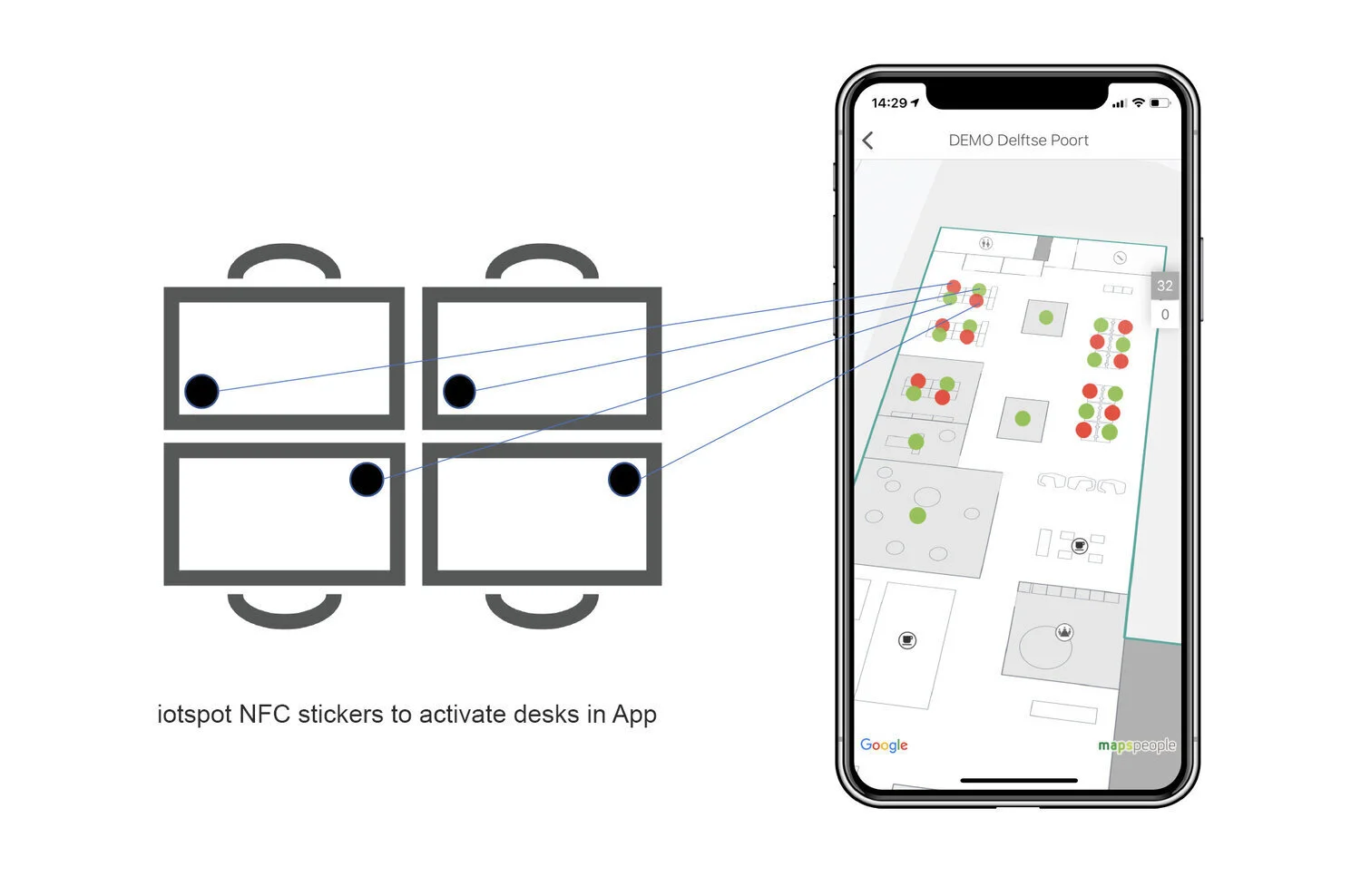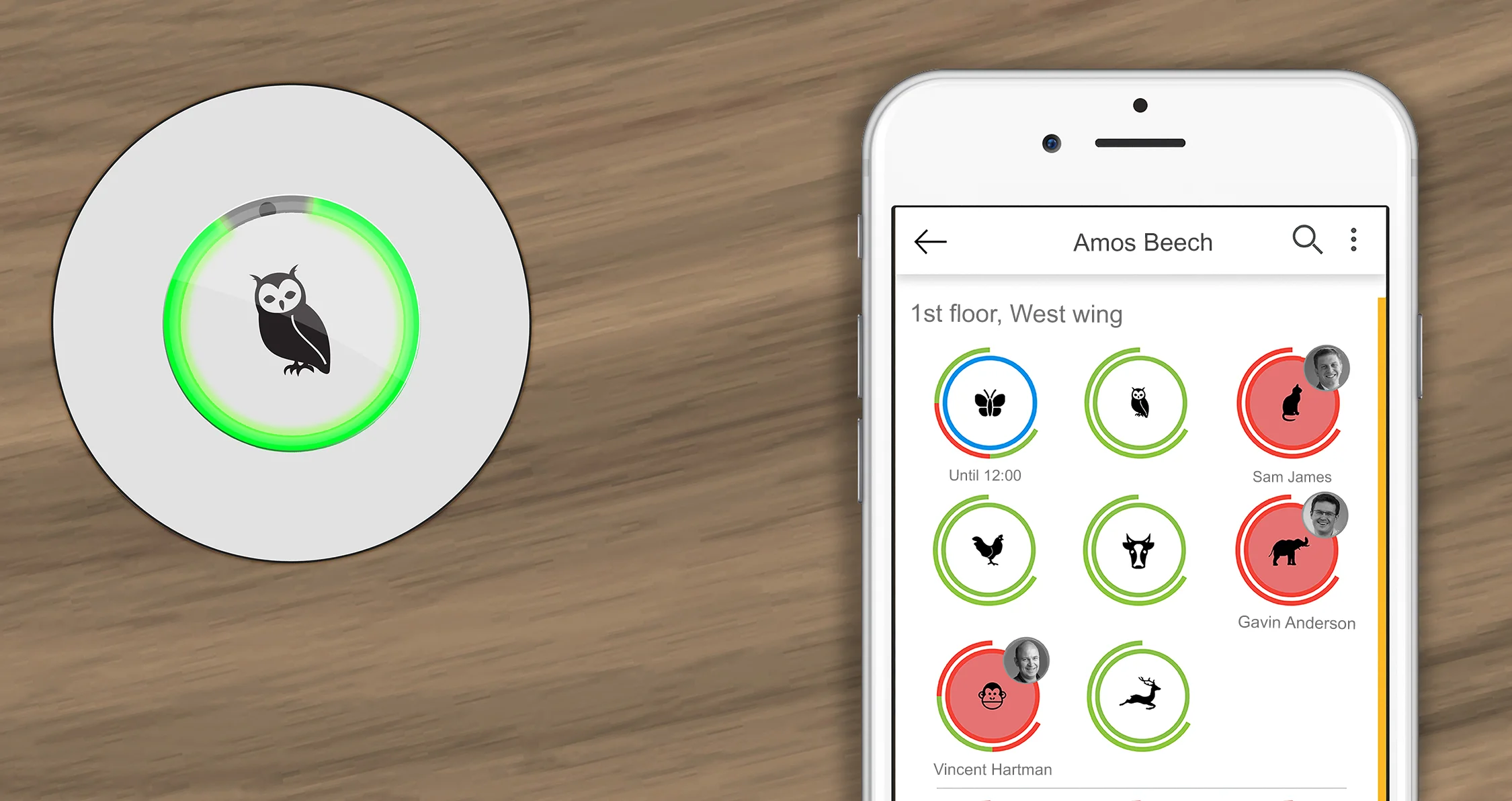Agile Working
Image by Jill Tate
Just a little note from the webmaster:
This article was written before the Coronacrisis. If you are looking for smart solutions for working from home check these links:
What Is Agile Working and What Are Its Benefits?
If you have been paying attention, you may have noticed that more and more companies are adopting an agile working approach. Did the term pique your interest? Or perhaps you have been thinking about adopting it for your own business?
Either way, grab a cup of tea or coffee and join us in this crash course on agile working and its benefits.
What Is Agile Working?
This is a term that has increasingly become popular in business circles, and for good reason.
According to Paul Allsopp, the managing director of business consultancy at The Agile Organisation, Agile working is:
"the ability to focus on performance, not mere presenteeism, to create trust-based relationships, not hierarchies, to embrace innovation rather than bureaucracy, and to value people than property"
Basically, agile working involves the use of technology and flexibility in the workspace in such a way that employees are empowered to choose where they work as long as they deliver according to an organisation’s guidelines.
This is a concept that was devised by Toyota, a Japanese car manufacturer with an aim of getting their production lines to move faster. It has consequently been adopted by many other firms all over the world and across industries.
According to a report by Lancaster University’s Work Foundation, 70 percent of UK offices will be agile by the year 2020. Following this finding, O2, a telecommunications firm adapted the model in their head office in Slough and has managed to hold a vast number of employees in one location thanks to this model.
It has now become clear that today’s workforce wants to work at any time, from any place.
WHAT MAKES AN OFFICE AGILE?
More often than not, agility will require open spaces where partitioned cubicles become a thing of the past. Open workstations provide better opportunities for employees to interact, as well as execute group or collective projects. This requires good internet connectivity, preferably Wi-Fi, since traditional desktops are a thing of the past.
A manager ahead of his time...
Even more importantly, however, is the fact that none of this can be made possible unless the whole management is on board. Make sure that the heads of different departments such as IT, human resources, and finance are behind this change. Get them on board by showing them how agile working will fuel the organisation’s objectives and goals.
Agile working is a concept that significantly reduces the micromanagement of people. Therefore, it will require managers to learn how to become enablers and coaches instead of micromanagers. By so doing, they can learn and develop skills crucial in leading remote teams.
Rooms and workspaces should be equally designed to support flexibility, efficiency, collaboration, and productivity. The goal is to provide employees working on a flexible schedule with places where different activities can be conducted, as well as rooms where their creativity is sparked and comfortably tapped into.
In addition to that, agility requires that employees work remotely or in the office depending on the needs of an organisation. Remote working eliminates the need for commuting to work. Meetings can be held via video or call conferencing.
Emails and instant messages are a frequent mode of communication. On the other hand, employees working from the office can do so at their preferred station or location and are required to clock in and leave at certain times, so that others get the opportunity to do their work.
In this case, flexible shifts work best to allow the seamless flow of workers in and out of the workspace. The use of laptops with similar specs ensures that each employee is equipped to carry out their tasks in the best possible way.
Hot desking apps such as iotspot, a platform that enables employees to book their workspaces remotely, even while in transit, have taken agile working to a whole new level.
WHAT IS HOT DESKING?
Hot desking is the practice of using any available desk in the office, rather than being restricted to only using one.
Through this, workers get to use desks only when they need to, eliminating the need to use a lot of room to accommodate individual workstations.
WHAT ARE THE BENEFITS OF HOT DESKING?
Cost Saving
Traditional work settings require equipment and a desk for each employee. This, in turn, requires the company to acquire or rent a space large enough to fit its growing workforce.
Occasionally, a lot of space is underused, especially on days where some members of the staff do not come in to work for various reasons. Hot desks solve this problem by ensuring that any staffer can use a workstation as long as they are scheduled to work at that particular time. This ultimately reduces the costs brought about by the need for extra room to accommodate new employees.
Do you want to save on real estate?
Flexibility
Hot desks make it possible for employees to work where they want, at the time that is most convenient to them. As a result, they become more productive and are able to deliver quality work.
This type of work culture especially fits companies that are looking to hire and retain high-skilled workers. Tech and financial companies are the prime example here.
Better Interaction and Communication
Whether horizontally or vertically, communication is a key aspect of how businesses are run. An open space allows for more face to face interaction with both colleagues and management.
Frequent communication and the possibility to see your colleagues when you want to equally improves relationships within the office setting by creating a sense of community.
Promotes Movement
Sitting at the desk for eight or more hours in a day brings about a ton of health issues. Chronic back pain, heart conditions, weight gain, anxiety – all of these and more have been linked to sitting for prolonged periods of time.
Hot desking encourages your employees to move around the office more. Moving from one station to another or to a conference rooms may seem like a small change, but it can literally save their lives.
Helps in Self-Discovery
Hot-desking allows the use of random locations and an agile workspace provides different environments to suit different employees.
Some prefer busy, noisy environments, while others are more into calm, relaxed atmospheres. Hot desks, therefore, make it possible for staffers to identify what areas or spaces in their office works best for them at what times. This way, they are able to choose places that maximise their concentration, productivity, and comfort.
Reduces Clutter
Most traditional office settings are full of unnecessary equipment and furniture. Sometimes it’s that old photocopier that stopped working and was never moved to storage. Other times it’s piles of paperwork that cannot be taken to the filing room because they are still in use.
All this consumes space and makes an office look cramped and unattractive. Hot desks eliminate the need to own a personal printing and photocopying. However, for those that are must have access to such devices, central photocopying and printing rooms are setup to reduce the space they consume in individual rooms.
THE BENEFITS OF HOT DESKING APPS
Are you sold on the benefits of hot desking? Good, let’s move on, then.
The next step involves having software that allows for seamless connectivity between different department and employees. This way, the staffers are able to comfortably work when and where they choose, which can be within or away from the office.
These are some of the things that the right hot desking app can do for you:
It Can Act as a Navigation Tool
The right app can help your employees locate a desk or room they need access to. Plus, they can find out in an instant if the desired facility is available. Thus, navigation becomes easier for an employee who is unfamiliar with the office layout. A hot desking app can guide them in the office and ensure they are able to move around with ease.
Can Be Accessed from Anywhere
Since hot desking is limitless, an app that can be accessed at any time form whatever location is a major plus. One that is compatible with a mobile device is even better as it does not require you to use a desktop computer.
This way, employees in an organisation are kept abreast of everything they need to know in real time and on the go. They feel part of the organisation no matter where they are.
Enhances Efficiency
The seamless interaction that such apps provide helps to improve the efficiency of communication. Decisions can be made more promptly with the consent of key players in a particular department, meaning project and task execution is similarly fast. It additionally makes the booking of meeting rooms much easier as you are able to locate which rooms are available for use from the comfort of whatever location you are in.
Ready to take it to the next level and turn your office into an agile working space? Start here:
IMPLEMENTING AGILE WORKSPACES IN YOUR BUSINESS
First, you need to evaluate whether this is a move that your organisation needs to make by factoring in its core objectives.
Can such a restructure help you deliver more efficiently?
Will it enhance the success of your company in the long run?
Are both the workforce and the management on board with the idea?
If your answer to these questions is a resounding yes, then your business is ready for the big change. If not, it might be a good idea to go back to the drawing board and re-evaluate your options.
There are a lot of principles that lie at the core of agile working success. The most resounding ones focus on:
Your highest priority is to satisfy your clients.
You need to be able to welcome changing requirements, even at later stages of development as they can give your business the competitive edge it needs.
Build projects around motivated personnel by giving them the environment and support they require. Finally, trust them to deliver.
The most efficient and reliable method of conveying information is through face-face conversations, whether in-person or through video conferences.
Constant attention to technical excellence and design improves flexibility.
The best designs, and plans originate from self-organising teams.
Regularly, the team needs to re-evaluate itself and reflect on how to become more effective, then fine-tune and adjust its practices accordingly.
A happy workforce is one that is sure to deliver. So factor in what makes them happy as well.
BENEFITS OF AGILE WORKING
The benefits cut across the divide from the employer to the employee. As the owner, you are set to gain in a number of ways.
Firstly, you will be able to significantly reduce your operating costs for office equipment and space. Plus, you will also be able to spend less by getting the office furniture that suits your company’s needs.
Secondly, you will be able to boost the morale of your employees as they will become more engaged and committed to their work. This translates into fewer absentees and more staff staying for longer periods of time in the organisation.
Lastly, it will help boost your business’ response time due to extended operating hours for say, the customer service department, thus giving you an edge over your competitors.
Employees are equally going to benefit from this kind of arrangement because they will, for starters, become more in control of their work environments and schedules. This form of freedom lights the creative spark, making them a refreshing spring of creative ideas.
Through flexible working shifts, an employee will be able to determine at what time of the day they are most productive and use it to their advantage to maximise their output. Varying shifts also eliminates the stress that comes with commuting during rush hours.
Finally, they are able to attend to what matters most in their lives. Their wellbeing, family, personal obligations, and social life are comfortably addressed without the risks of losing one’s job.
Whether you like it or not, agile working is shaping modern office cultures and at some point, its might be inevitable. So, why not start slowly but surely, and join the vast number of businesses that are recording tremendous success through this fun strategy?

